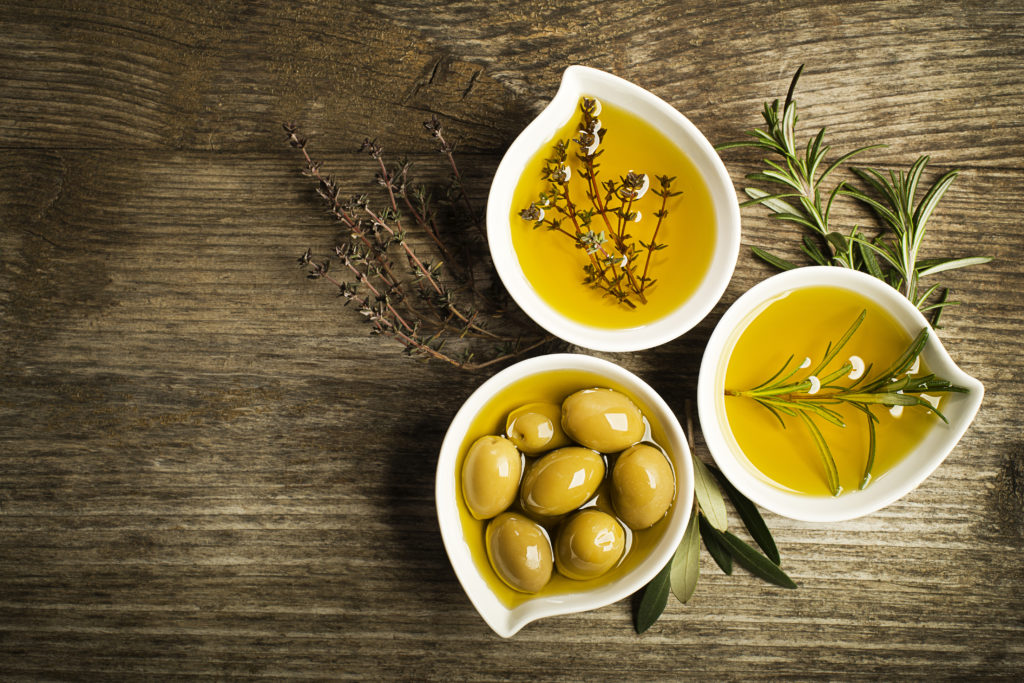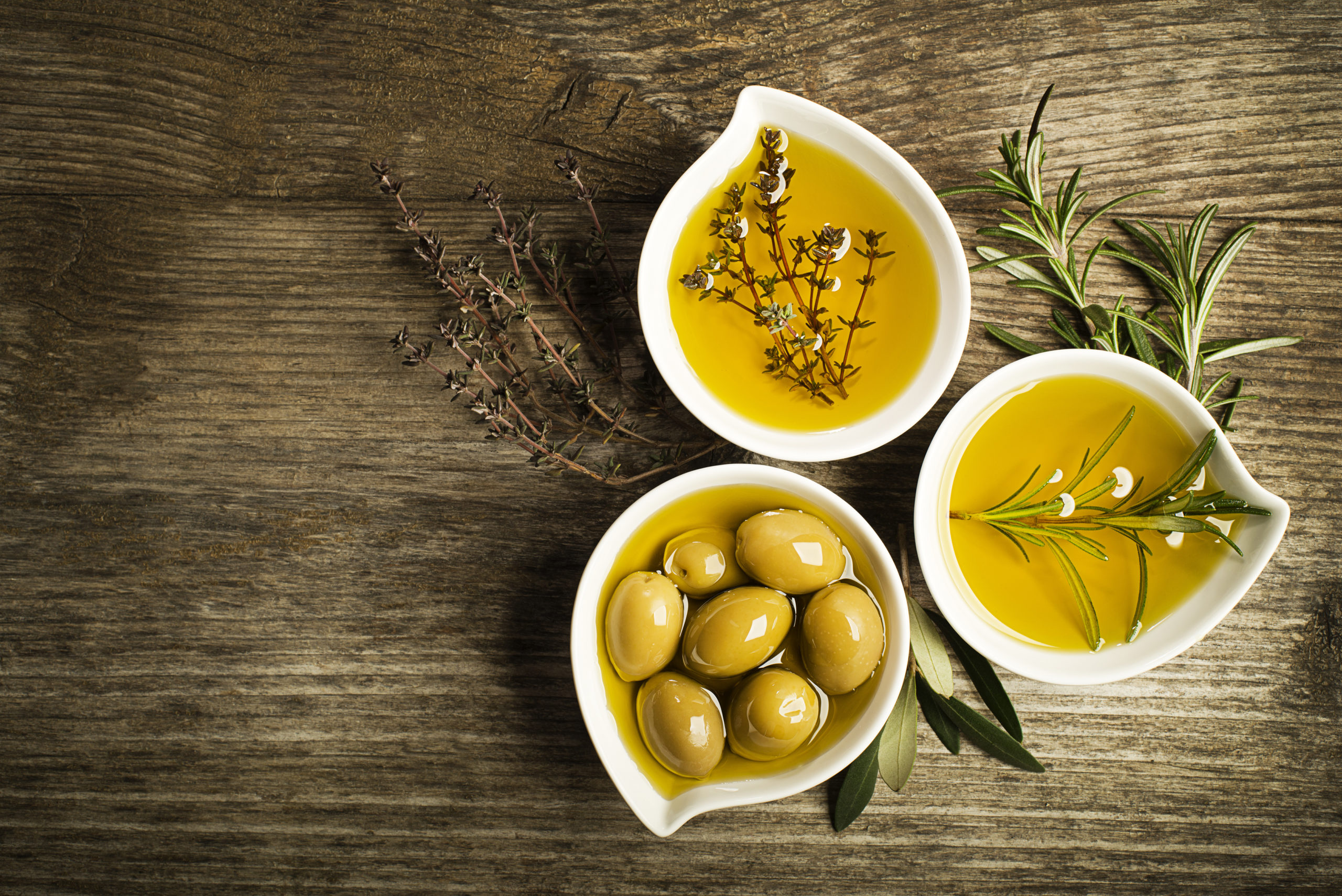
This topic is very close to my heart. As a Cancer Dietitian I know how important the quality of your diet is when you’re actively healing from cancer. And yet I hear all the time how people are being told by their well-meaning oncology team that…
“Diet doesn’t matter”
“Eat whatever you want”
“Now is not the time to worry about your diet”
“Just eat whatever sounds good”
“The most important thing is to keep your weight up”
Have you been told any (or all) of those things before?
It’s maddening to me! If there was ever a time to care about your diet, NOW is it!
Your body requires deep nutrition to heal. We can’t expect that treatment alone is going to do the job. It also has to come from within. Cells and tissues can only repair if they have the nutrients they need.
It’s also important to point out that not everyone going through cancer treatment will lose weight. Some end up gaining weight often as a side effect of the medications they’re taking. But for many, weight loss is a serious complication of treatment and one that we do need to take steps to prevent.
So, yes, maintaining your weight during treatment is important. But we can accomplish this with nourishing, healing foods. We don’t have to go down the road of “eat whatever you want”. Ice cream, cookies, milkshakes, cake, treats….these are not going to help you heal. They “might” help you keep your weight up but this is not going to be enough.
Here are four steps I suggest taking to help maintain your weight during treatment while also accomplishing the goal of deep healing nutrition.
Step 1. Your Food Is Your Medicine
I say this because I know the side effects of treatment often impact your desire to eat. I get it. You’re not as hungry. Things don’t taste right. You’re feeling nauseous or queasy. It might even hurt to swallow. The last thing you want to do is eat a big salad.
But I need you to push past this. Your food is your medicine…it’s part of your treatment. Would you not take your medicine because it tastes bad? No, you would find a way to get it down.
I need you to approach your nutrition in the same way. Now this doesn’t mean we can’t help things taste better. But regardless, you need to commit to eating. And if you can’t eat very much at any one time then take at least a few bites and come back again in an hour or two. Set an alarm on your phone to help you remember it’s time to eat.
Step 2. Make Every Bite Count
When your appetite is low and you’re filling up after just a few bites of food, then you must make each bite count. What I mean by this, is that each bite needs to have as much nutrition packed in as possible. Especially of the nutrients your body needs most right now.
- Protein First: Amino acids are essential for healing and repair. This is why your protein needs are higher during and immediately after treatment. Yes, high protein foods may not taste good right now but it doesn’t matter. Your body needs it. Mix it up between animal and plant based proteins to keep some variety coming in. And eat your protein first before you fill up on other foods.
- Veggies: There are so many different vitamins and minerals that are needed for repair. You will get the most bang from your bite by eating as many veggies as you can. If you have to narrow it down, dark green leafy veggies will provide you with the most nutrition in each bite. Salads probably will be the hardest way to eat your veggies right now. I’d suggest keeping them cooked or blended into other foods, like soups, stews, sauces, or smoothies. Pesto is a great way to add in greens (& healthy fat). Even a glass of fresh veggie juice each day could add a big hit of nutrition to your diet right now.
- Healthy Fat: Finally if you’re having a hard time keeping your weight on, protein & veggies won’t be enough. I want you to think of fat as a 3rd food group that you need to add in. The best part about fats & oils is that they generally blend in easily without adding more volume to what you’re eating. This can be especially helpful when you’re filling up quickly. My favorite healthy fats include extra-virgin olive oil & olives, avocado & avocado oil, coconut meat, milk, and oil, raw nuts or seeds, nut or seed butter, and grass-fed, pastured butter or ghee. Add these to everything!
Step 3. Adjust Flavors
There are some tips you can bring in to help “trick” your taste buds when you’re dealing with strange taste changes. First, try adding a mouth rinse before eating to help neutralize your taste buds. Mix a bit of baking soda with water, then swish and spit.
To enhance dull or bland flavors you can add a pinch of sea salt or a spritz of lemon or lime juice to whatever you’re eating. Increasing tart flavors will also help like pickles, vinegar, or fermented foods (yogurt, miso, sauerkraut, kimchi, etc). These foods will only work though if you’re not also dealing with mouth sores.
To help with a metallic taste avoid using metal utensils, cups, or water bottles, instead try wood or glass. You can also add a touch of sweetener to cut the metallic taste to whatever you’re eating. Adding a bit of sweetener to your food will also help balance a bitter taste. I suggest using pure maple syrup or organic raw honey as your sweetener and you might only need a few drops. So start small, taste, and add more if needed.
If food is tasting too salty, you can add some fresh lemon juice to neutralize the salt. And if food is tasting too sweet, lemon or lime juice can also help balance the sweet but you won’t need to add as much, just several drops.
What’s important to remember when you’re experimenting with flavor enhancements is to add the sweetener or acid just to your plate or bowl of food, not to the whole pot. The other people in your family may not appreciate that so much. ????
Step 4: Add Calories
The final step is to add in calories wherever possible. Like I mentioned above, fats & oils will be the easiest way to do this without adding volume to what you’re eating (meaning you don’t have to eat more food). Here are some ideas you can play with.
- Cook with more fat or oil.
- Add an extra drizzle of oil on top of your veggies or starch before eating.
- Use whole fat dairy foods (if you’re eating dairy) or full-fat coconut milk to cook with or add to your smoothies.
- Snack on avocado, nuts, or seeds or add them to whatever else you’re eating.
- Add nut or seed butter to a snack, on top of toast, in your smoothie, or mixed into your yogurt or oatmeal.
- Add 2 fats to your toast…(examples) melt coconut oil into your toast then add your nut butter OR drizzle olive oil over your toast then add mashed avocado.
- Buy an unflavored, organic, grass-fed whey protein powder and you can literally mix this into anything…a smoothie, oatmeal, applesauce, mashed potatoes, you get the idea.
- And if your appetite permits add in more low-glycemic starchy foods like sweet potatoes, corn, pumpkin, squash, quinoa, oatmeal, wild rice, etc.
And just to prove that you don’t need to drink milkshakes or even canned protein drinks to keep your weight on, here’s a truly delicious, nourishing, and high-calorie smoothie you can add into the mix. My kids said it tasted like ice cream! ????
Healing High-Calorie Smoothie Recipe
Ingredients
- 1 ripe pear, cored and quartered
- 3 Medjool dates, pitted and chopped
- 2 cups frozen cauliflower florets (yep…cauliflower…it actually mixes in really well, you don’t taste it, and it adds some extra creaminess to the smoothie…plus it’s an anticancer power food!!)
- 2 Tbsp raw cashew butter (or other nut butter)
- ¼ cup raw walnut pieces
- 2 Tbsp cacao nibs (or dark chocolate cocoa powder)
- 2 Tbsp organic, raw coconut oil
- 2 cups unsweetened full-fat coconut milk
Directions
Step 1: In a high powered blender add all the ingredients and blend for 1 to 2 minutes. If your blender blends for a set length of time, you may need to blend twice to make sure everything is thoroughly combined and the smoothie is creamy enough.
Step 2: Serve immediately or store in an airtight glass jar in the refrigerator for 1 to 2 days or in the freezer for up to 3 months. You can make a big batch if you want, store in individual mason jars in the freezer, and then pull one out each night to enjoy the next day.
The most important thing to remember is that your diet does matter! It matters now more than ever. And it is possible to get the deep nutrition your body needs to heal while also keeping your weight on. It takes intention and it takes a commitment but it’s absolutely achievable!
Start by taking out the foods that can interfere with healing. You can learn more about these foods plus how to replace them with healthier options HERE: The 4 Most Toxic Foods To Avoid During Cancer Recovery.
Also please feel free to reach out to me directly if I can be of any additional support to you with healthy weight gain or any other challenge you’re facing on your cancer journey. You can schedule a Free Planning Session HERE: Free Consultation.
